 Safaris
Bergsteigen
Wandern
Inselwandern Weltweit
Safaris
Bergsteigen
Wandern
Inselwandern Weltweit
 Europa
Inselwandern
Europa
Inselwandern
 Städtewandern
Städtewandern
 Paintings
Paintings Dirk Rauschenbach
Dirk Rauschenbach
 Safaris
Bergsteigen
Wandern
Inselwandern Weltweit
Safaris
Bergsteigen
Wandern
Inselwandern Weltweit
|
 Europa
Inselwandern
Europa
Inselwandern
|
 Städtewandern
Städtewandern
|
 Paintings
Paintings |
 Dirk Rauschenbach
Dirk Rauschenbach
|
|
Back Namibia Overview Erindi Ondekaremba Swakop Wuestenquell Biltong
 |
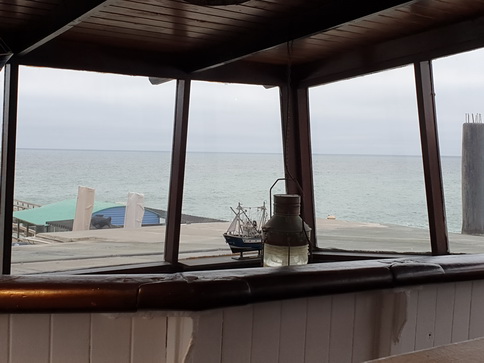 |
| Swakopmund Swakop Restauran The Tug sundowner Winerestaurant Cold Beer #swakopmund #the #sundowner #winerestaurant #cold #swakop #beer #germany #sunset #restaurant #winter #restauran #berlin | Swakopmund The Tug Restaurant on the Jetty #sonnenuntergang #winemakesmehappy #munich #love #sundown #pfifferlingszeit #snow #bier #tug #in #nature #municheats #oktoberfest #fashion #sun #mushrooms #photography |
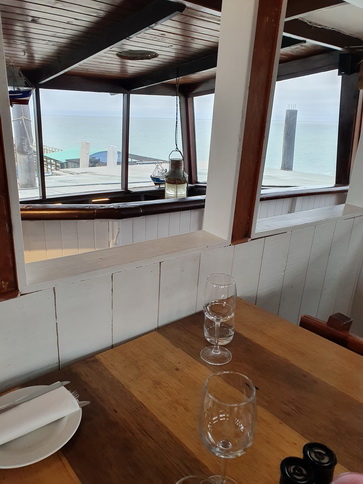 |
 |
| Swakopmund Swakop Restauran The Tug | Swakopmund The Tug Restaurant at Jetty |
 |
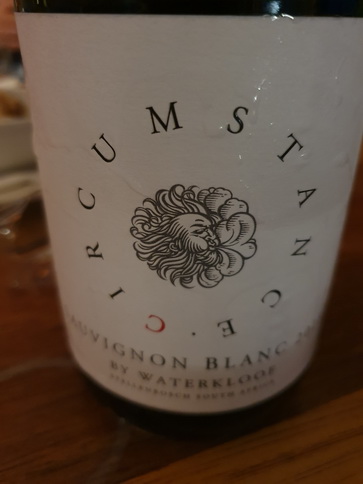 |
| Swakopmund Swakop The Tug | Swakopmund The Tug Restaurant at Jetty |
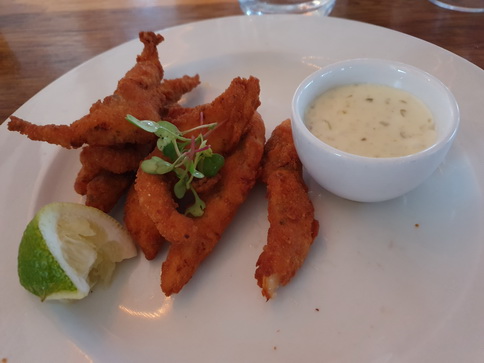 |
 |
| Swakopmund Swakop The Tug John Dorry Sticks St Petersfisch | Swakopmund The Tug Restaurant at Jetty Carpaccio |
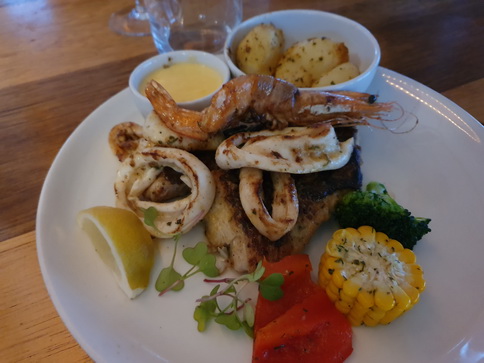 |
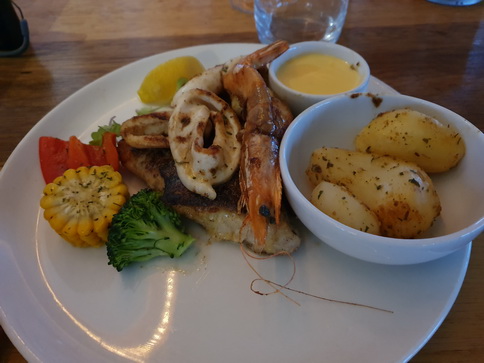 |
| Swakopmund Swakop The Tug Hake Seafood | Swakopmund The Tug Restaurant at Jetty |
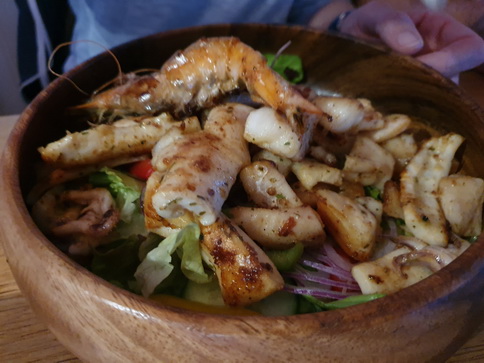 |
 |
| Swakopmund Swakop The Tug Fresh Salad with Seafood | Swakopmund The Tug Restaurant at Jetty |
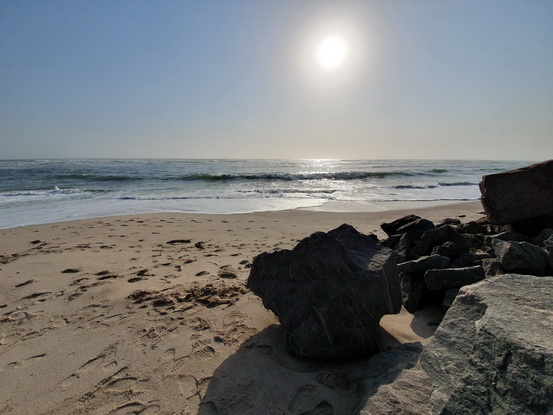 |
 |
| Swakopmund Swakop The Tug | Swakopmund The Tug Restaurant at Jetty |
 |
 |
| Swakopmund Swakop The Tug | Swakopmund The Tug Restaurant at Jetty |
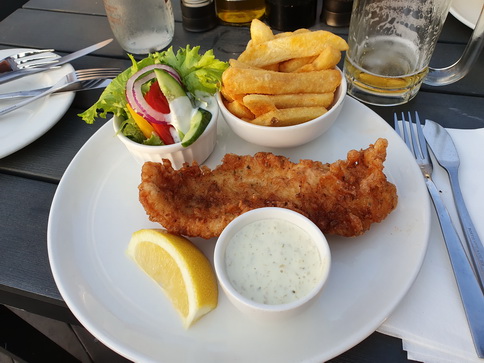 |
 |
| Swakopmund Swakop The Tug | Swakopmund The Tug Restaurant at Jetty |
 |
 |
| Swakopmund Swakop The Tug | Swakopmund The Tug Restaurant at Jetty |
 |
 |
| Swakopmund Swakop The Tug | Swakopmund The Tug Restaurant at Jetty |
 |
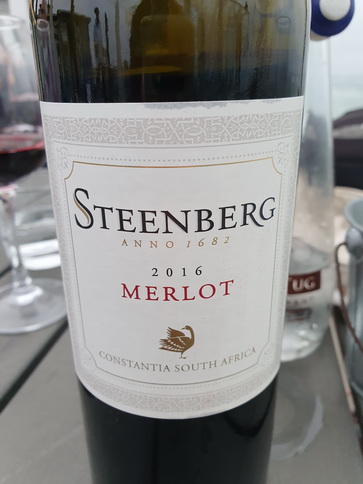 |
| Swakopmund Swakop The Tug | Swakopmund The Tug Restaurant at Jetty |
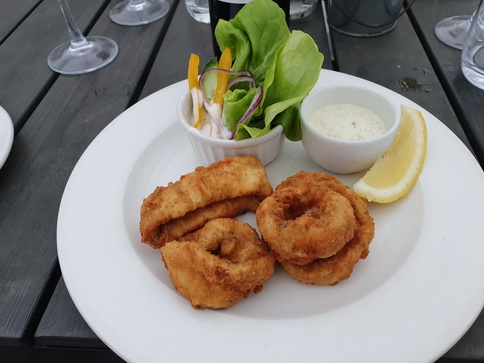 |
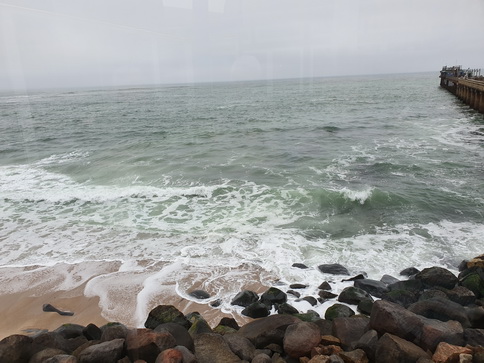 |
| Swakopmund Swakop The Tug Best Calamari ever 5 € soft like Butter | Swakopmund The Tug Restaurant at Jetty Essen am Meer mehr Essen |
|
The John Dory (scientific name: Zeus faber) is a distinctive and unique-looking fish found in both European and Atlantic waters. It is known for its striking appearance and delicious taste, making it a prized catch in both commercial and recreational fishing. Physical Characteristics:
Habitat:
Diet:
Fishing and Culinary Use:
Conservation:
Interesting Facts:
The John Dory is a beautiful and delicious fish that's both a challenge to catch and a joy to eat, valued in both culinary and fishing circles. |
The St. Petersfisch (German for John Dory, scientific name: Zeus faber) is a unique and fascinating fish known for its distinctive appearance and culinary value. Here’s everything you need to know about the John Dory: About the John Dory
Why is it Called "St. Petersfisch"?
Culinary Value
Fishing and Sustainability
Interesting Facts
|
![]() 26.07.25 Copyright Dirk
Rauschenbach Koelnerstrasse 293 51702 Bergneustadt
Datenschutzerklaerung 02261 9788972 Mail ccooly(
at) web.de
26.07.25 Copyright Dirk
Rauschenbach Koelnerstrasse 293 51702 Bergneustadt
Datenschutzerklaerung 02261 9788972 Mail ccooly(
at) web.de